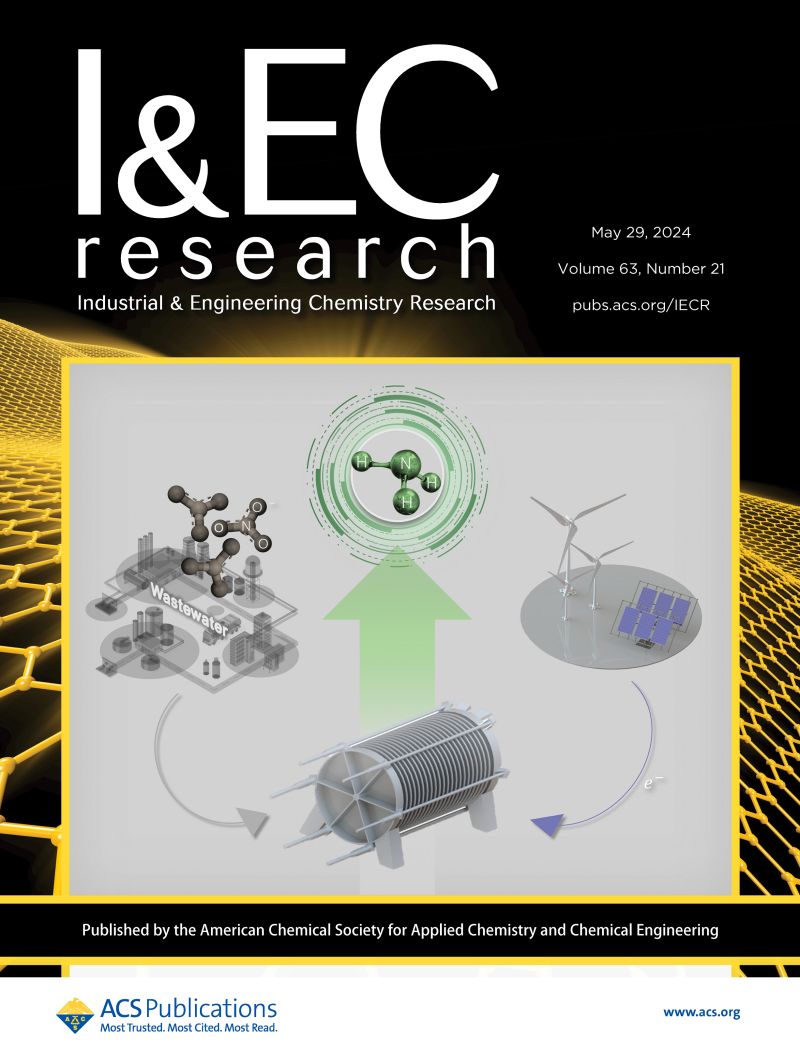Experimental and Numerical Analysis of an Interactive Motion Drum for Enhanced Mixing and Segregation of Mixtures
IF 3.8
3区 工程技术
Q2 ENGINEERING, CHEMICAL
引用次数: 0
Abstract
Rotating drums are widely used in particle processing, where internal obstacles play a crucial role in controlling particle mixing and segregation dynamics. Traditional designs often struggle with stagnant zones and inconsistent mixing dynamics, particularly under varying rotational conditions. This study addresses this gap by proposing an innovative interactive motion design between the drum and obstacles, creating reverse rolling waves that disrupt stagnant zones and enhance mixing efficiency. By employing counter-rotation (where the drum and obstacles rotate in opposite directions), the design effectively disrupts stagnant zones, enhances convection and diffusion, and significantly improves mixing efficiency across different speeds. At higher rotational speeds, cascading effects intensify, reducing particle clusters while maintaining high mixing efficiency. Conversely, synchronous rotation (drum and obstacles rotating in the same direction) favors segregation, with obstacles disrupting particle flow, leading to localized velocity reductions and eventual separation. To quantitatively assess these effects, machine learning algorithms, including Segment Anything, were employed to analyze experimental and simulation results, providing robust validation of particle dynamics. Additionally, a 3D-printed, self-designed rotating drum was utilized to experimentally validate the optimized flow patterns predicted through simulations. This study offers new insights into designing advanced rotating drum systems with enhanced control over mixing and segregation dynamics, bridging the gap between computational modeling and experimental validation for improved particle processing performance.

求助全文
约1分钟内获得全文
求助全文
来源期刊

Industrial & Engineering Chemistry Research
工程技术-工程:化工
CiteScore
7.40
自引率
7.10%
发文量
1467
审稿时长
2.8 months
期刊介绍:
ndustrial & Engineering Chemistry, with variations in title and format, has been published since 1909 by the American Chemical Society. Industrial & Engineering Chemistry Research is a weekly publication that reports industrial and academic research in the broad fields of applied chemistry and chemical engineering with special focus on fundamentals, processes, and products.
 求助内容:
求助内容: 应助结果提醒方式:
应助结果提醒方式:


